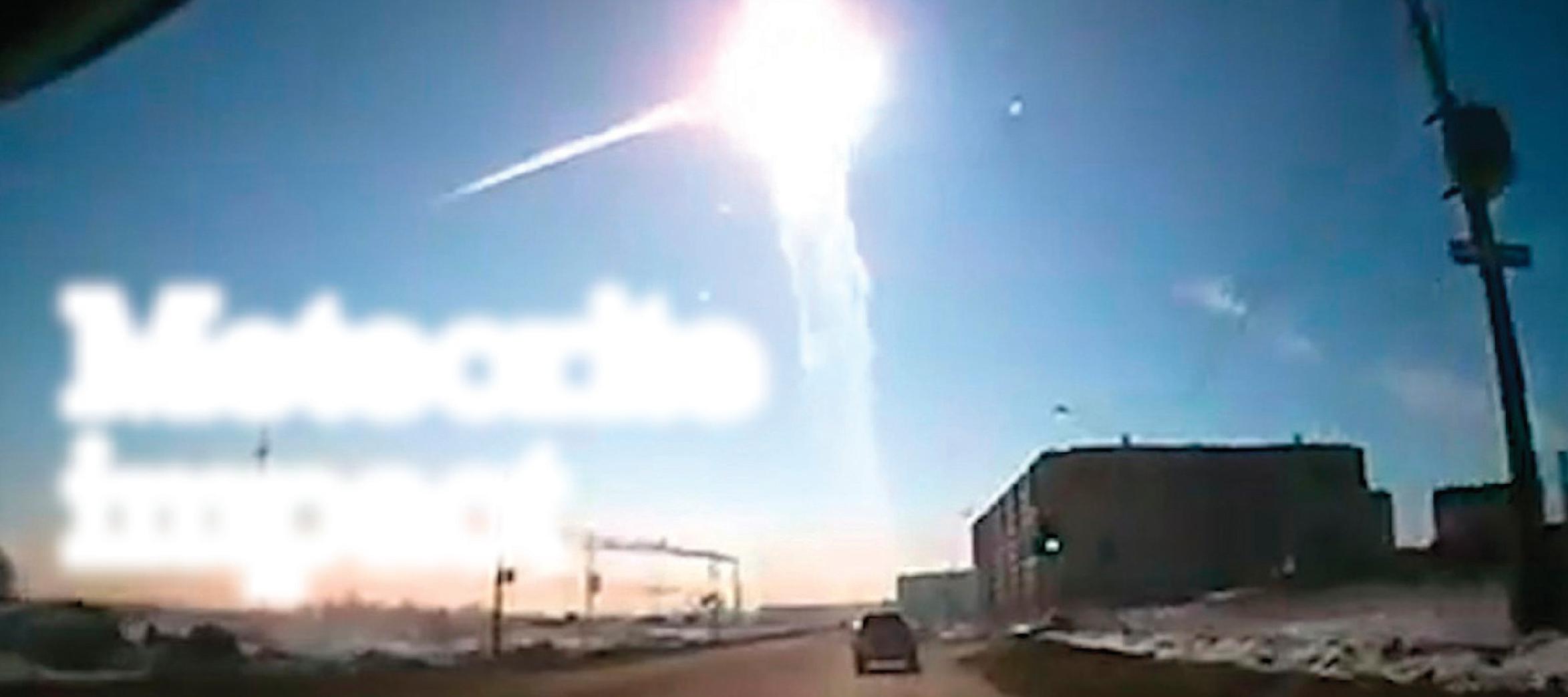
In February 2013 a dramatic fireball lit up the skies above the Chelyabinsk region of Russia (Figure 1). It resulted from a meteoroid (part of an asteroid), which entered the atmosphere at an estimated speed of 18.6 km s–1. As it travelled through the atmosphere, drag forces produced deceleration and heating, breaking up the meteoroid at an altitude of about 20 km. The resulting shower of meteors hit the ground as meteorites with a total mass of at least 650 kg, and produced a large ice hole (Figure 2).
Studies of impact craters have led researchers to identify distinct stages in their formation (Figure 3) and to relate the crater diameter to the impacting object’s kinetic energy and the properties of the impacted surface. On pages 18–22 you can find out how studies of fossilised impact craters from raindrops are providing clues about conditions in the Earth’s primitive atmosphere.
Your organisation does not have access to this article.
Sign up today to give your students the edge they need to achieve their best grades with subject expertise
Subscribe
